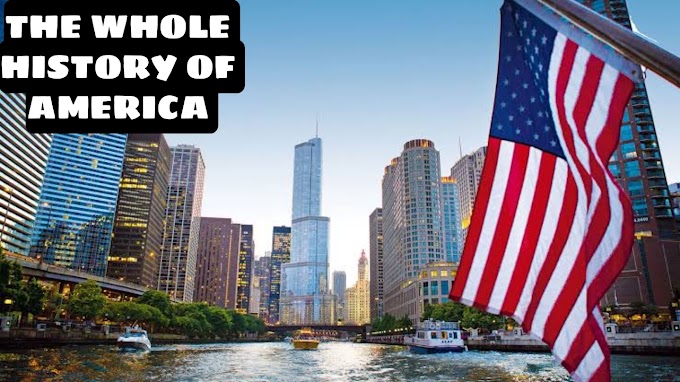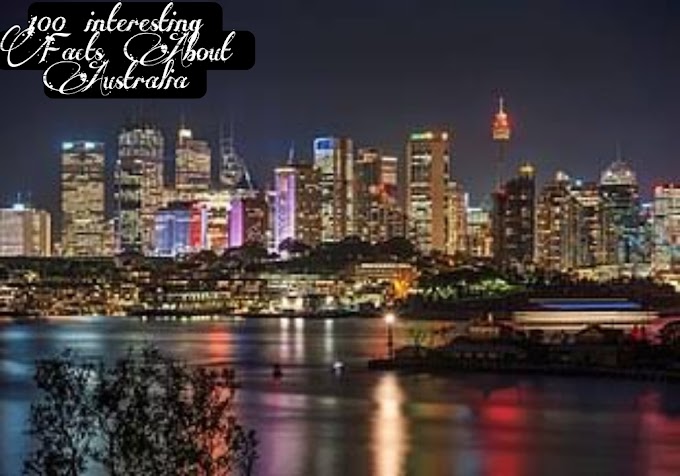THE WHOLE HISTORY OF MYANMAR
Hello Friends:
Welcome to Countries Facts so Today in this Article I will show you the whole history of Myanmar will be discussing the regional history of myanmar this includes both the country and adjacent areas myanmar is the buffer between south and southeast asia as such it was greatly influenced by both civilizations creating a unique blend of different traditions as with many civilizations i cover myanmar's history is overlooked in favor of its neighbors in this case thailand india and bangladesh during this video i'll refer to the country as myanmar or burma when relevant but the people as burmese are the specific ethnicities name the first major civilization in myanmar were known as the pew city states the pew were part of a people that migrated to myanmar specifically the irwadi river delta in the southern part of the country presumably from china these city-states lived in relative peace and prosperity for over a millennia the most prominent city-state was known as sri kasetra srikaseitra was a civilization that invented what would become the modern burmese calendar this period of stability came to an end when the nan zhao civilization from southern china invaded the region many city-states were sacked and their inhabitants taken as slaves others however survived longer they speculated that these invaders assimilated the pew people into the society and this formed the modern bamar people who are the main ethnic group in myanmar in thailand the mon people created a kingdom known as the varvati the man were an austroasiatic group as opposed to the tibeto-burman burmese the varvaty lasted for around five centuries and was a loose confederation of mon city states rather than a unified empire the expanding kamaya empire took many areas inhabited by the mon people which may have prompted their migration to myanmar in thailand the lawful kingdom arose in the area and it began taking more influence from thai migrants from the north which would later become the modern thigh people we see today in myanmar the mon founded several notable kingdoms one of the most notable man city states that existed was tatan which may also be referred to as a kingdom in itself being situated on the coast of the bay of bengal it was very influenced by indian traditions mainly theravada buddhism the tan was eventually annexed by the pagan or bagad kingdom after a three year stage of the capital city that on unlike the mod speaking platon the bagan were speakers of the modern burmese language and likely predecessors of the modern bamar however the hmong people rebounded after the collapse of the pagan kingdom a man king named combined several non-speaking regions of myanmar including the modern day man state and the irwadi river delta region into a kingdom called hanthawari its burmese speaking rival the abba kingdom was looking to invade and conquer the region however the hanthawadi fended off all attempts while abba declined during the 15th century ce hantawati prospered and entered a golden age in which its ties with india were strengthened and theravada buddhism flourished however a new burmese speaking kingdom under the tongue's dynasty constantly raided the kingdom causing its eventual demise but when the tongue dynasty fell into a weaker period the hmong people rebelled and created the restored hanthawabi kingdom the restored huntawadi kingdom persecuted burmese people living in the area and oppressed those from the tongue and abba kingdoms this kingdom met with the burmese kingdom of konbong during campaigns in upper burma the khon bong were successful in holding them up and advanced further south this has led to the demise of the restored hantawati kingdom this signaled the end of the dominance that the mon people held in myanmar the kanban dynasty expanded rapidly especially after annexing the bomb kingdoms of lower burma eventually under the king along payon all of burma was unified including the northeast indian state of manipur with the entire area unified the khan long shifted southwards and launched raids on the region of siam where the ayutthaya kingdom was dominant after decades of conducting campaigns throughout the region thailand and laos were briefly brought under the rule of the kanban but with the qing dynasty in china attacking the northern reaches of the empire native thy kingdoms were able to free themselves from foreign rule as european powers continued exploring asia many set up trading ports on the irwadi delta region tensions with the british reached a peak when the soar points of a blurred border in northeastern india and the french also having access to the irawadi delta led to war in the first anglo-burmese war arakan manipur and assam were all seated by the burmese in the second anglo-burmese war the crucial irrawaddy delta region was taken and in a third confrontation the entire area was incorporated into british india ending the khanbong dynasty in 1937 a growing number of burmese residents were pushing to be independent of great britain as they were about to make a final push for independence world war ii began and japan advanced into southeast asia and into burma the burmese people were rather mixed in their support for the japanese and many would often switch sides and fight for the british after the allied troops emerged victorious in world war ii leaders continued in their push for an independent burma aung san a prominent leader in myanmar's independence was unfortunately assassinated by rivals who supported the british nevertheless the independence movement continued and on january 4th 1948 myanmar then called the union of burma became an independent republic in 1989 the government decided to change the nation's name to the union of myanmar and later the republic of the union of myanmar which it is currently known as unfortunately several conflicts have arisen lately the conflict between rohingya muslims and rakhine buddhists in the northern reaches of the rakhine state have led to mass migrations and genocides of the rohingya people several leaders of myanmar have been accused of supporting this rohingya have moved from the edges of myanmar into neighboring countries mainly bangladesh india and malaysia myanmar has had a rich history of different ethnic groups prospering and mixing throughout its history from the hmong to the indians to the burmese all have made contributions to the modern day vibrant culture of myanmar and i hope i have done an adequate job in explaining the history of this unique country and thank you for watching and leave any suggestions or corrections in the comments below and subscribe to this website keep up with the latest content Goodbye.
















